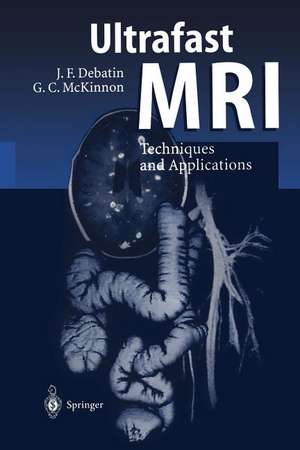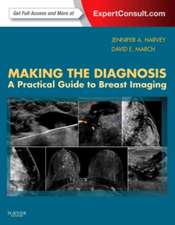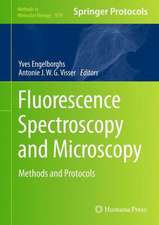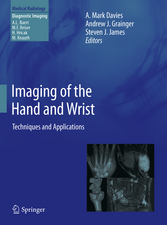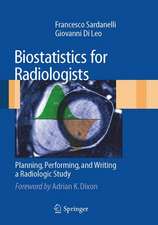Ultrafast MRI: Techniques and Applications
I. Berry Autor Jörg F. Debatin J.F. Debatin Autor Graeme C. McKinnon J. Doornbos, P. Duthil, S. Göhde, H.J. Lamb, G.C. McKinnon, D.A. Leung, J.-P. Ranjeva, C. Manelfe, A. De Roosen Limba Engleză Paperback – 14 dec 2011
Preț: 714.27 lei
Preț vechi: 751.86 lei
-5% Nou
Puncte Express: 1071
Preț estimativ în valută:
136.72€ • 148.56$ • 114.92£
136.72€ • 148.56$ • 114.92£
Carte tipărită la comandă
Livrare economică 21 aprilie-05 mai
Preluare comenzi: 021 569.72.76
Specificații
ISBN-13: 9783642803864
ISBN-10: 3642803865
Pagini: 268
Ilustrații: XVI, 232 p.
Dimensiuni: 155 x 235 x 14 mm
Greutate: 0.38 kg
Ediția:Softcover reprint of the original 1st ed. 1998
Editura: Springer Berlin, Heidelberg
Colecția Springer
Locul publicării:Berlin, Heidelberg, Germany
ISBN-10: 3642803865
Pagini: 268
Ilustrații: XVI, 232 p.
Dimensiuni: 155 x 235 x 14 mm
Greutate: 0.38 kg
Ediția:Softcover reprint of the original 1st ed. 1998
Editura: Springer Berlin, Heidelberg
Colecția Springer
Locul publicării:Berlin, Heidelberg, Germany
Public țintă
Professional/practitionerCuprins
1 The Physics of Ultrafast Magnetic Resonance Imaging.- 1 Introduction.- 2 Background Theory.- 3 MRI Basics.- 4 k-Space.- 5 k-Space Considerations for Ultrafast Imaging.- 6 Coherence Pathways.- 7 Fast Gradient-Echo Imaging.- 8 Planar k-Space Sampling Techniques.- 9 Physiological Gating.- 10 Hardware Considerations.- References.- 2 Ultrafast Magnetic Resonance Imaging of the Brain and Spine.- 1 Morphology.- 2 Function.- References.- 3 Ultrafast Magnetic Resonance Imaging of the Heart.- 1 Introduction.- 2 MRI in Myocardial Ischemia.- 3 Myocardial Function.- References.- 4 Ultrafast Magnetic Resonance Imaging of the Vascular System.- 1 Introduction.- 2 Vascular Morphology.- 3 Vascular Function.- References.- 5 Ultrafast Magnetic Resonance Imaging of the Abdomen.- 1 Introduction.- 2 Fast (Turbo) T2-Weighted Imaging.- 3 Fast 2D Gradient-Echo Imaging.- 4 Ultrafast 3D Gradient-Echo Imaging.- 5 Echo-planar Techniques.- References.
Textul de pe ultima copertă
The implementation of ultrafast MRI has dramatically impacted clinical MR practice. Faster image acquisition has resulted in greater patient throughput and higher image quality, particularly in regions subject to respiratory motion. In addition, ultrafast techniques proffer new insight into function and morphology of organ systems by providing the basis for cerebral perfusion and diffusion imaging as well as virtual 3D MR colonography and gastrography . The book attempts to bridge the gap dividing MR scientists into physicists and clinicians. It has been written for both. Based on schematic drawings, underlying pulse sequence designs and hardware considerations are illustrated. Strategies for implementing these techniques into clinical protocols are described for neurologic, cardiac, vascular and abdominal applications.
Caracteristici
practice-related description of the ultrafast MRI technique - organ-related structuring - increasing use of this method in radiological diagnostics - existing gadget
